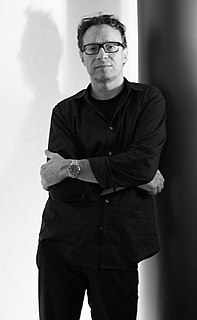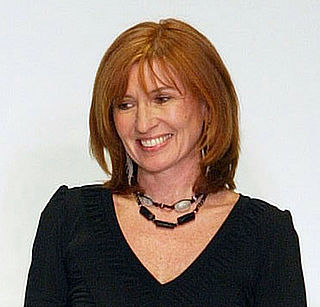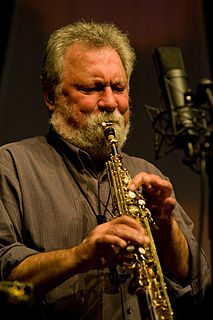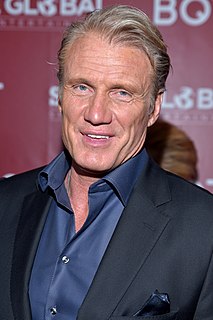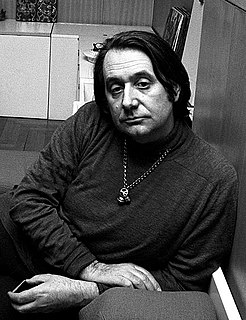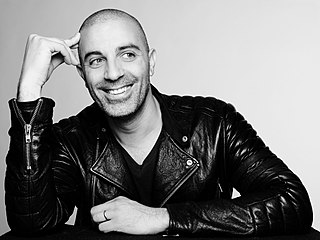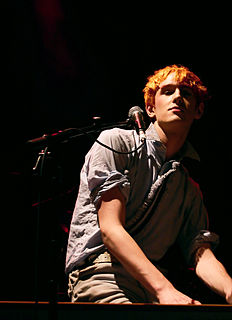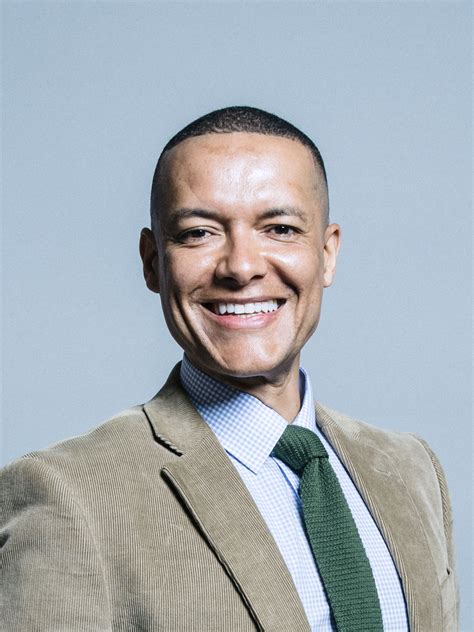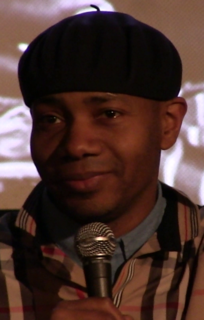A Quote by Marco Brambilla
I think in America there's this free flow between fashion, art, architecture, music and design. In Europe it's more segregated between those different disciplines I think.
Related Quotes
Between food and fashion, there's always a direct correlations - designers have forever done prints with food on them. Vegetables, fruit, apples. There are some beautiful prints that have been made with fruit over time. I think food and restaurants have become more and more fashionable over time. That's become more of a fashion thing than fashion becoming a food thing. I don't think fashion has gotten so food oriented in the reverse aspect, but I think the whole food industry has gotten very design oriented. I think it's a nice way of putting things together.
The geometry reveals five development direction for applications (each with endless possibilities); dividing, dwelling, trestle, fenestration and artistic installation. I find these enabled designs so reflective of an ever-changing world where contextual factors and technological resources are shifting definitions of architecture, design, and the traditional boundaries between disciplines.
Photography really is all about lines, and so is clothing. I worked for Oberto Gili for a couple of years after I was at ICP; we worked in fashion, travel, interior design, everything. I was inspired by his styling choices within fashion photography, and I think those experiences helped steer me towards fashion design. I love photography as a medium, so I think I will always take inspiration from it.
It's like the iPod playlist has killed the way we think of the normal album, so let's think of this as just saying you go into your record store and all those categories and all those different ways of segregating music have been thrown out the window, so the difference between myself in real life in that is that I'm the opposite.
